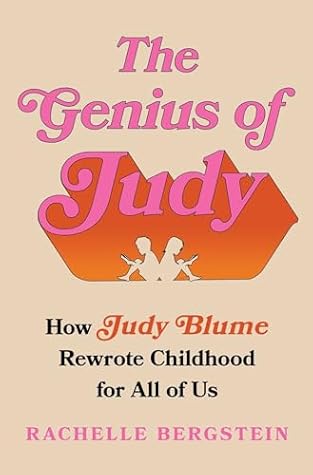More on this book
Community
Kindle Notes & Highlights
Read between
March 10 - March 19, 2025
Sex is the lifeblood that flows through her pages. Not selling sex for titillation’s sake, the way her critics claimed, but sex as a fundamental part of being human.
Over the course of her life and career, she has recognized that women’s interior lives and their sexual desires are deeply intertwined. Making that connection, and putting it into her books in the 1970s and 1980s, was radical at the time.
a movement requires a multigenerational buy-in to maintain its momentum. And over in suburban New Jersey, a soft-spoken stay-at-home mom was listening. Writing cutting-edge books for kids, Judy Blume became the Second Wave’s secret weapon.
Her characters and stories were more than just entertainment. They were a roadmap of open communication, bodily autonomy, and even sexual fulfillment. They taught young readers that we were allowed to expect more from our lives than the women who came before us.
American culture in the 1950s told adolescent girls that they should be pretty, popular, and happy, too.
“Daughters of immigrants understood, before their grandmothers and mothers did, that there was an American way to menstruate, and that it required participation in the larger consumer society.”
“My mother used to say, ‘We never have to punish Judy… if you look at her wrong, she cries,’ ” Blume wrote in Letters to Judy. “Well, yes… but I wish I had been able to risk showing my anger now and then. I wish I had felt secure enough to know that once I had gotten it all out I would still be loved.”
Equal Credit Opportunity Act of 1974 that lenders legally had to approve female credit card applicants if their finances were viable.
Until then, and for a long while after, a good marriage was sometimes the only thing standing between a woman and the poverty line. When a divorce blew through, it was terrifying.
Then, she delivers the most concrete piece of advice about sex that the book has to offer. “You have to be sure you can handle the situation before you jump into it,” Diana tells her daughter. “Sex is a commitment… once you’re there you can’t go back to holding hands.”
“He had married this little girl, and he was happy that way,” Blume told a reporter for the Chicago Tribune in 1985. Divorcing him meant she would have to grow up, which wasn’t easy, either.
Weeding is about unshelving titles that have been rendered irrelevant by the culture. Banning is about cutting off access to books that are contributing to current cultural conversations in the hopes that these conversations will stop.)
‘Out of all things in the world, why would someone want another human being not to know how to actually read and write?’ And one of the kids said, ‘Well, you keep them from power, you strip them of their power.’ ”
“We’re figuring out ways to help young people learn, in their own way, in their own path, in a way that honors all the things that they already know,” Silverberg said of their colorful comic-style books with artist Fiona Smyth. “When you’re seven, you’ve lived a lifetime in your seven-year-old body and nobody knows what that’s like other than you.” Judy Blume understood that. She got it, instinctively, and was able to authentically channel a pre-teen’s perspective better than anyone else could. That was the thrust and the sparkle of her talent. Her genius, if you will.


